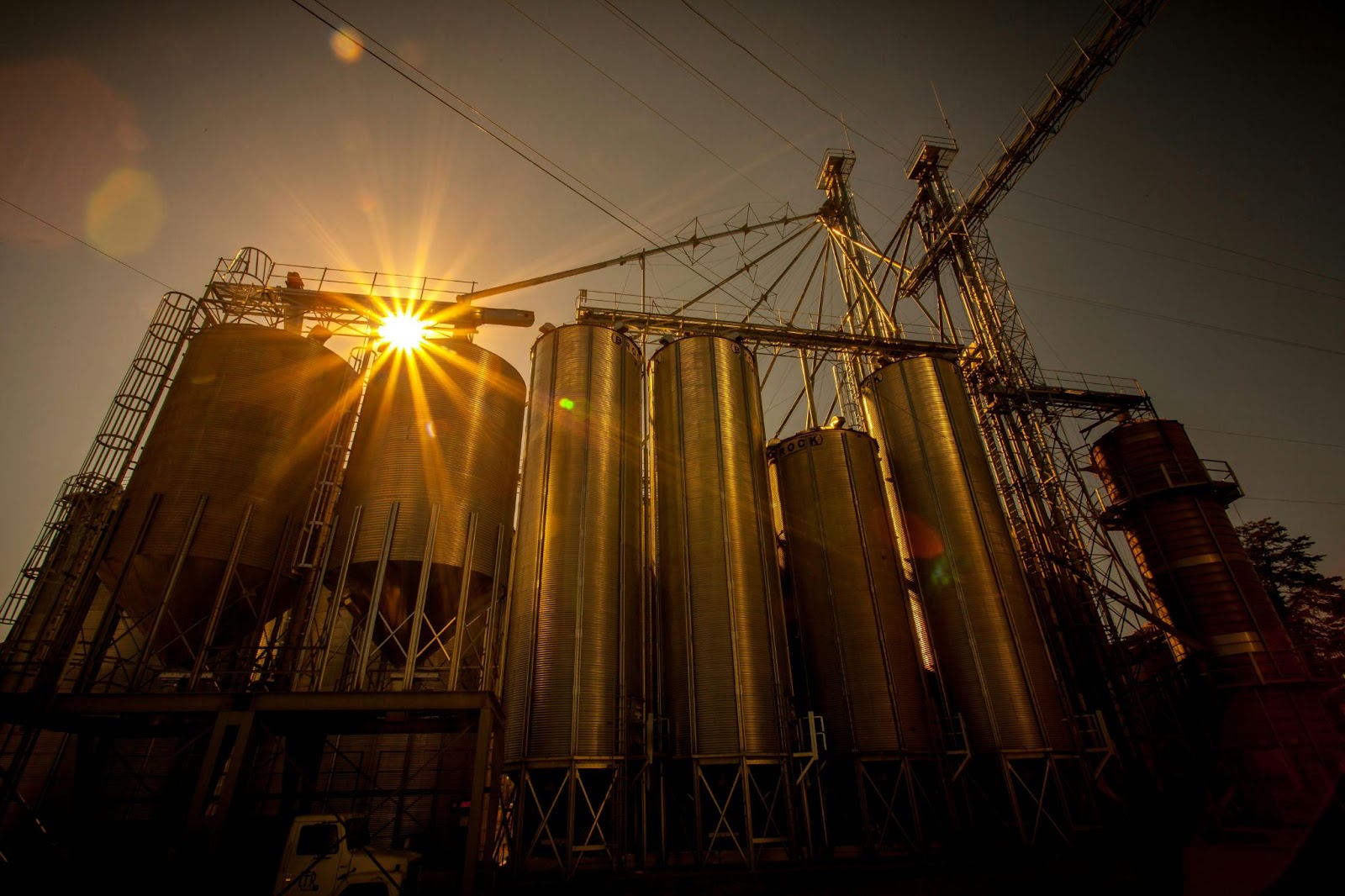쉬운 목차
비녀장4방향 밸브는 시스템에서 유체의 흐름을 제어하기 위한 간단한 장치입니다. 이 밸브는 펌프와 탱크에 대해 동일한 표면적을 갖는 이점이 있는 스풀 유형입니다. 그들은 또한 수직 대칭을 가지고 있어 유체 흐름의 제어가 필요한 응용 분야에 이상적인 선택입니다.
4방향 밸브에는 챔버 주변에 4개의 포트가 있습니다. 밸브의 코크 플러그에는 인접한 포트를 연결하는 두 개의 통로가 있습니다. 원통형, 테이퍼형 또는 공 모양일 수 있습니다.
각 포트에는 두 개의 흐름 위치가 있으며 플러그는 일반적으로 중앙에 있습니다. 또한 밸브가 닫힌 위치에 있으면 흡입구와 배출구가 모두 열린 상태를 유지합니다.
4방향 밸브와 작동 방식에 대해 자세히 알고 싶다면 이 기사를 계속 읽으십시오.
4방향 밸브란 무엇입니까?
When you see a 4-way valve, it looks like a simple directional control valve. However, it is often used in double-acting cylinder applications. This type of valve has 4 ports and two flow positions. These valves always supply pressure to one side of the cylinder while allowing the opposite side of the cylinder to be emptied into the atmosphere. As a result, they are very common in double-acting cylinders. The name comes from the four positions the valve can accommodate.
이 밸브는 신호 손실 없이 방향을 변경할 수 있기 때문에 순차적 위치 지정에 유용합니다. 4방향 밸브는 시간이 지남에 따라 압력이 변하는 응용 분야에 가장 적합하며 수영장 화학 처리 및 연수기 재생에도 유용합니다.
이 밸브는 초기 복동 증기 엔진에 처음 사용되었습니다. 4방향 밸브는 서로 연결되지 않는 두 개의 "L"자형 통로로 구성되며 플러그의 각 측면에 하나씩 있습니다. 플러그에 있는 두 개의 "L"자형 통로가 연결되어 있지 않아 익숙하지 않은 환경에서 4방향 밸브를 식별하기 어렵습니다.
4방향 밸브의 작동 메커니즘
초기 복동 증기 엔진에서는 실린더로의 증기 흐름을 제어하기 위해 4방향 밸브가 사용되었습니다. 4방향 밸브의 작동 메커니즘에는 서로 연결되지 않는 두 개의 "L자형" 통로가 포함됩니다. 또한 4방향 밸브는 "x 포트"라고도 합니다.
액추에이터 응용 분야에서 4방향 밸브는 차단 위치에 남아 있을 수 있습니다. 이 경우 밸브는 유압을 매니폴드에서 실린더의 폐쇄 포트로 전달하고 동일한 압력이 리저버 탱크로 되돌아갑니다. 리그가 이동 중이거나 자체 수리 중일 때 4방향 밸브가 차단 위치에 남아 있을 수 있습니다.
4방향 밸브에는 4개의 포트가 있습니다. 이 밸브는 조절기뿐만 아니라 전환기로도 작동할 수 있는 범용 기능을 가지고 있습니다. 이 유형의 밸브에는 두 가지 흐름 위치가 있습니다. 밸브가 중앙 위치에 있으면 닫힙니다. 이 밸브에는 총 4~5개의 파이프가 연결되어 있습니다. 밸브를 완전히 닫거나 밸브를 완전히 열거나 밸브를 부분적으로 열 수 있습니다.
중앙 위치의 반대 위치로 이동하면 밸브가 완전히 열립니다. 그러나 핸들을 반쯤 움직이면 부분적으로 열립니다. 이 밸브를 사용하면 실린더나 모터의 동작을 쉽게 역전시킬 수 있습니다.
Advantages of a 4-Way Valve
다재
Four-way valves are versatile components that provide multiple flow path options, allowing engineers to control the direction of fluid flow in hydraulic or pneumatic systems.
The versatility of 4-way valves is particularly beneficial in applications where the direction of fluid flow needs to be changed regularly.
These valves feature four ports, enabling the redirection of fluid to different paths within the system.
This flexibility is invaluable for dynamic systems requiring adaptable flow control.
Efficient Control
These valves offer precise control over hydraulic or pneumatic systems, facilitating the accurate management of fluid flow and system components.
The ability to direct fluid to different outlets or paths enables efficient control of actuators, cylinders, or other components within the system.
This precision is crucial for applications that require accurate and controlled movements, such as robotics, manufacturing equipment, or other automated systems.
Simplifies System Design
Integrating multiple functions into a single 4-way valve simplifies system design, potentially leading to cost savings and a more compact layout.
Instead of using multiple valves for different functions, a single 4-way valve can handle various tasks.
This streamlined design not only reduces the number of components in the system but also simplifies the overall architecture.
The consolidation of functions enhances system efficiency and can contribute to a more straightforward installation and maintenance process.
Disadvantages of a 4-Way Valve
Complexity
The added functionality of 4-way valves may result in increased complexity, demanding careful consideration during system design.
Engineers need to understand the internal design, electrical or pneumatic controls, and potential interdependencies of 4-way valves.
The complexity may involve aspects such as the valve’s switching mechanism, feedback systems, and compatibility with other system components.
Proper engineering and documentation are crucial to manage and troubleshoot the complexity effectively.
비용
Four-way valves can be more expensive than simpler alternatives, and the overall cost may vary based on various factors.
The initial investment in 4-way valves may be higher due to their advanced features and capabilities.
Factors influencing the cost include the valve size, materials used in construction, and the level of automation or control features.
While the upfront cost may be a consideration, it’s essential to weigh the long-term benefits in terms of system efficiency, reduced components, and potential operational cost savings.
Maintenance Challenges
The increased complexity of 4-way valves may lead to more intricate maintenance procedures, requiring careful planning.
Maintenance involves understanding the valve’s internal components, seals, and potential failure modes.
Regular inspections and preventative maintenance are essential to ensure continued reliable performance.
Any downtime for maintenance should be carefully planned to minimize disruptions to the overall system.
Proper training for maintenance personnel is crucial to address the intricacies of 4-way valve maintenance effectively.
What is the Difference Between a 3-Way Valve and a 4-Way Valve?
A 3-way valve has three ports: one inlet and two outlets (or vice versa). It is commonly used for diverting or mixing flows in various applications.
On the other hand, a 4-way valve has four ports and is often employed in more complex systems where the flow needs to be diverted or switched between different paths.
The additional port in a 4-way valve offers more versatile control options, making it suitable for diverse hydraulic or pneumatic systems.
주요 요점
While 4-way valves offer significant advantages in terms of versatility, control, and simplified system design, careful consideration of their complexity, cost, and maintenance requirements is essential for successful integration into hydraulic or pneumatic systems.
Engineers must balance these factors to optimize the performance and efficiency of their systems over the long term.










